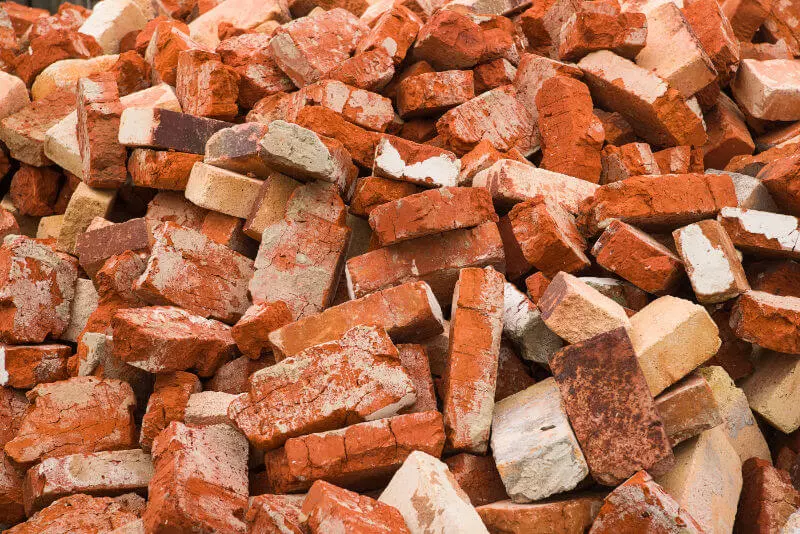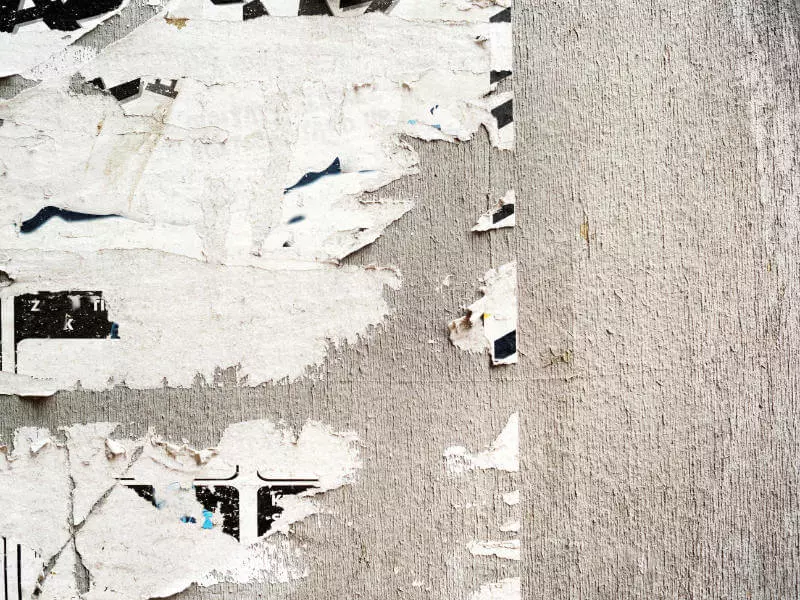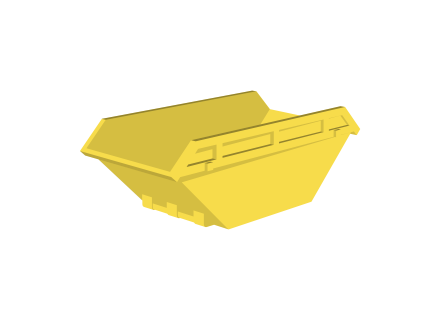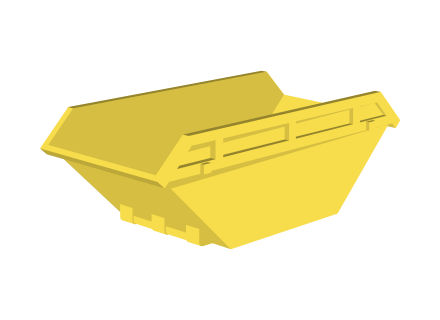We would like to use our own cookies, third-party cookies and similar technologies for statistical and marketing purposes. Customise your preferences by selecting the options below. Of course, you can also change your settings again afterwards. Learn more in our privacy policy.
Dispose of construction waste (contaminated)
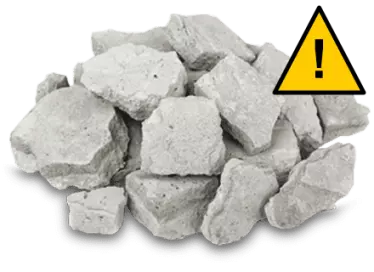
What is contaminated construction waste?
Building renovations or demolition work can cause contaminated construction waste, which can be easily disposed of professionally and environmentally friendly with our containers. Construction waste is considered contaminated if paper, wood residues, excavated earth, metals, wallpaper residues or plaster adhere to mineral materials (concrete, cement, tiles, porcelain, etc.) and thus to the construction waste. We will be happy to advise you on what you should consider and which container size is right for you.
This is allowed
During bathroom renovation work, a container for contaminated construction waste is very suitable. Ceramic sanitary ware and wall or floor tiles may be disposed of here. Material from wall demolition work can also be disposed of in this container, as there is only a small amount of plaster or wallpaper adhesion. Mainly mineral materials, such as
pure concrete demolition
tiles, roofing tiles
mortar or plaster residues
masonry, bricks, washbasins and toilets (made of ceramics)
Materials with the following adhesions (minimal adhesions only):
Wood, foils, cables or pipes
glass residues, paper
wallpaper residues or similar
This is prohibited
To prevent the container with your waste from being declared as mixed construction waste, the container should contain as few contaminants as possible. Interfering materials include, among others, soil, wallpaper residues or insulation materials. In addition, the following materials must not be disposed of:
Excavated earth (clay, gravel, soil, sand)
wood waste
Foil
Gypsum plasterboard
Roofing felt
insulating materials
Aerated concrete
Cables or pipes
Glass
Order the right skip now!
We find the right partner and organise everything around the rental digitally and easily. So that you can concentrate fully on your project. Click here to go to the online shop: Simply enter your postcode, select the type of waste and container and let's gooo!
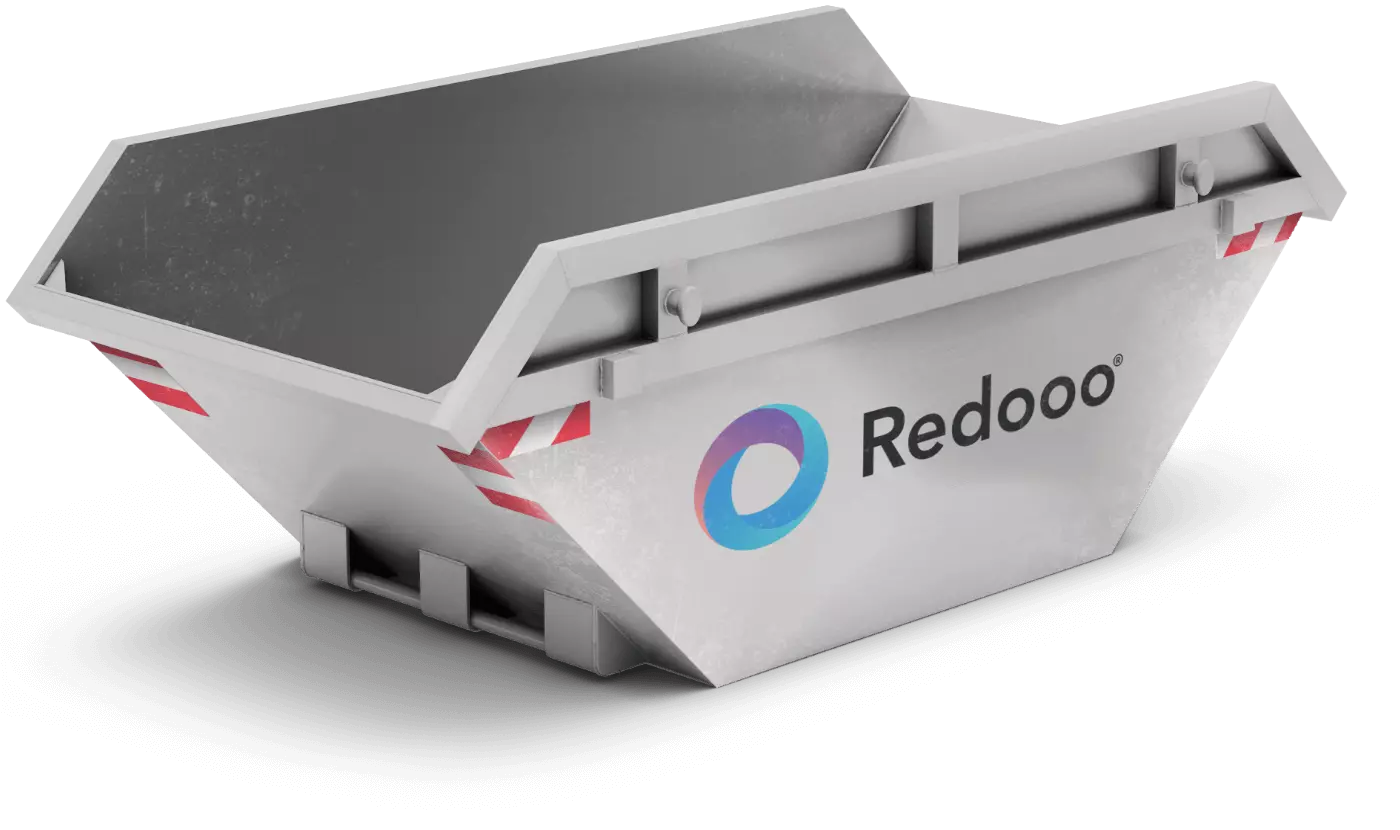
General notes
Filling: Containers may be filled to a maximum of the loading edge. The contents of the container must not exceed the side walls. At this point, independent raising of the side walls is not permitted. No liquid waste may be filled into the container.
Filling weight: Containers whose filling weights exceed a weight of 10 tons may not be transported. Please pay attention to the filling conditions and maximum weights. Overfilled containers cannot be transported safely and must be unloaded by the customer.
Access: Make sure that the vehicle has sufficient space and that access is possible without any problems. The minimum clearance height is 4 metres and the clearance width 3.50 metres. Since the container is lowered or unrolled to the rear, up to 15 metres of space is required. To facilitate manoeuvring, an additional length of 10 to 15 metres should be kept free.
Installation: A suitable surface must be available, i.e. it should be paved, level and stable. Sensitive ground is not suitable to be driven over by a truck, as it can otherwise be damaged by the heavy weight. Furthermore, a container cannot be lifted over fences/walls. Only a maximum height of 30cm can be exceeded.
Permission: If you want to place the container in a public space, you are responsible for the general duty of road safety. Even if we support you in this and help you apply for the necessary official placement permits, you are still responsible.

